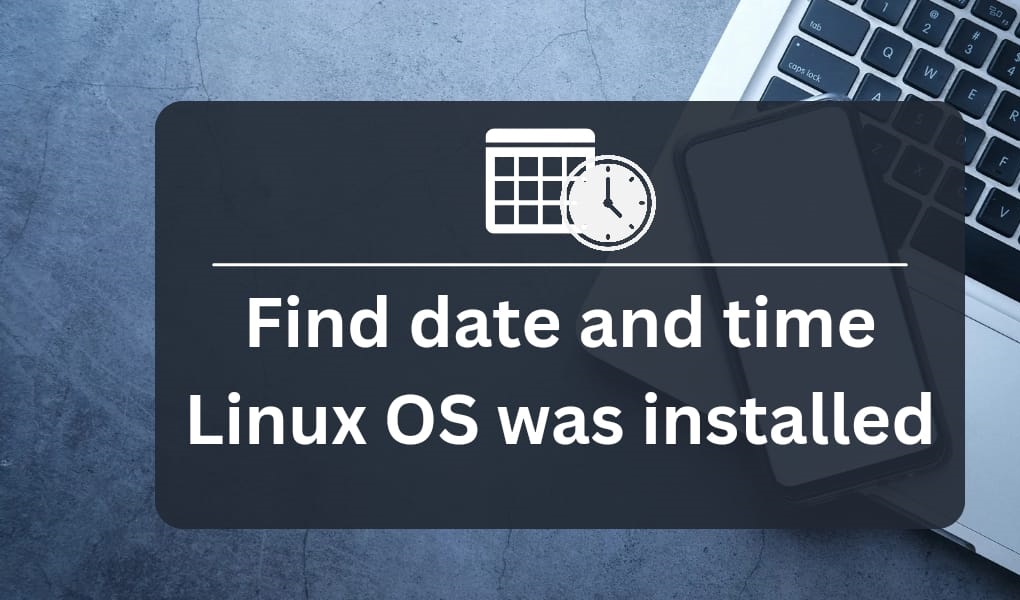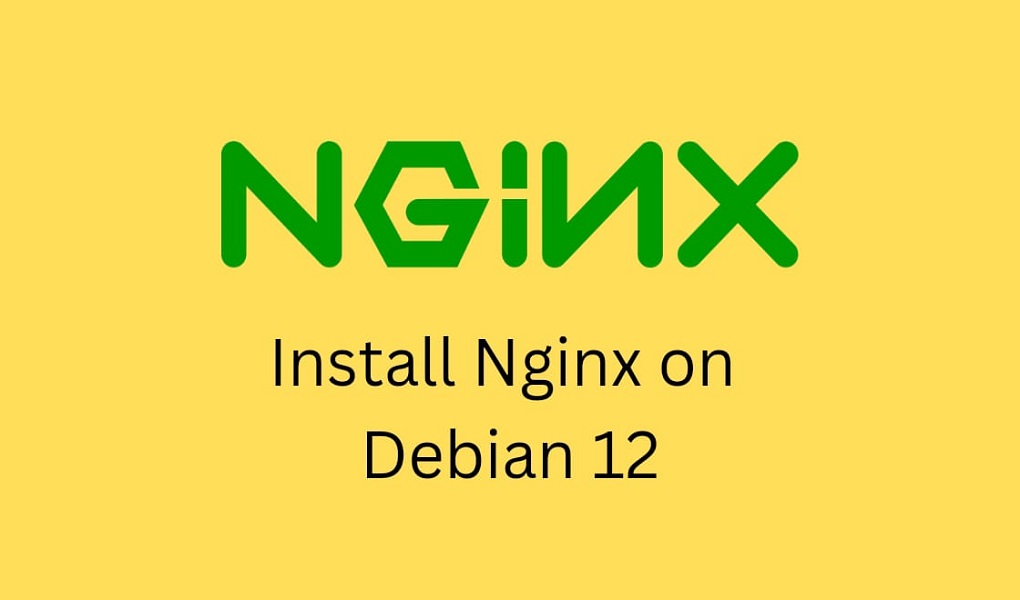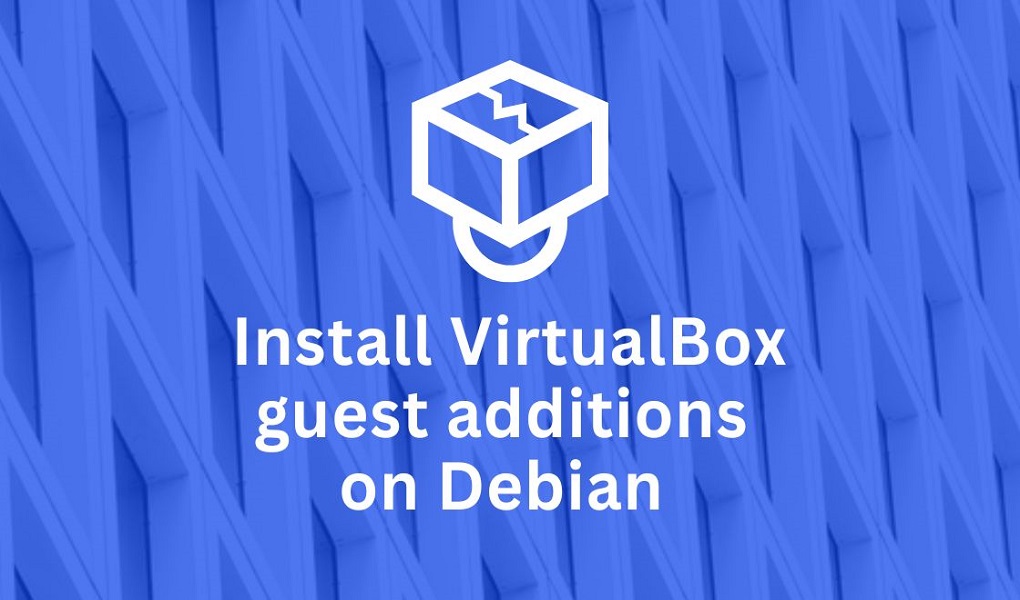How to Control CPU Fan Speed on Linux: In 5 Steps
Linux offers a variety of tools and commands that allow users to monitor and control the hardware aspects of their systems. One such aspect is the fan speed, which is crucial for maintaining an optimal temperature for your computer’s components, thus ensuring performance and longevity. Linux, known for its stability and flexibility, also provides various










